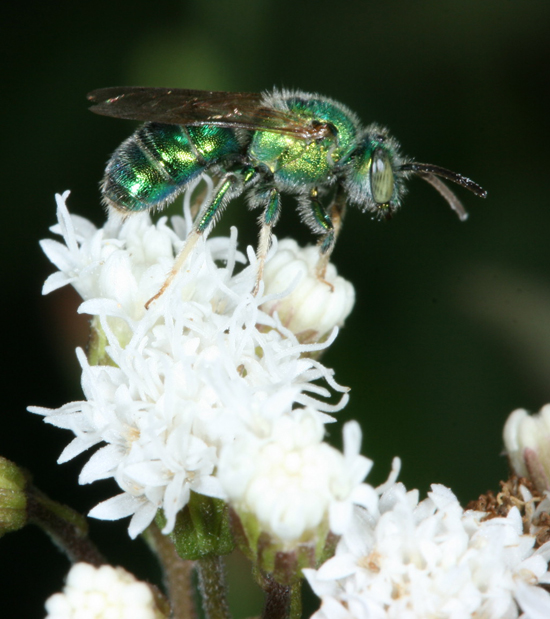National Pollinator Week this year is June 16-22. Here’s to hoping 2014 will be looking up for honey bees and other native pollinators. Last year during National Pollinator Week a pesticide misapplication led to a highly publicized bee kill in Wilsonville, OR. But this year we’ll start with some good news. Honey bee colony winter survival was up slightly this year, though still below expected survival levels prior to the advent of colony collapse disorder (CCD).
In celebration of the week, I thought I would share with you some news and interesting facts about bees and other pollinators:
- An estimated 200,000 species of insects (about 20% of all known species) pollinate plants at least occasionally, but by far the most important pollinators are the bees and wasps. Bees are covered with specialized hairs that are very “sticky” for pollen, making them some of the best pollinators in the world.
- A single honey bee worker makes anywhere from 50 to 1,000 flower visits on each nectar-collecting trip from the hive. It takes one colony of approximately 30,000 bees to pollinate one acre of fruit trees.
- In south Texas, it is not uncommon to encounter Brachygastra mellifica, also known as the Mexican Honey Wasp, or Mexican honey bee. This wasp is one of the very few non-bees to produce and store honey. They make large, enclosed paper nests, similar to a hornet, but they are actually most closely related to paper wasps, which are predators and not nectar-and pollen-feeders. The honey was, and still is, used by humans in the Americas, and is said to be quite good.

Mexican honey wasp nest in Uvalde, TX. Photo courtesy Bugguide, Photographer Jason Penney.
- Insect pollinators are mostly red-blind, so being red is not a big advantage to flowers wishing to attract insects. In the New World, however, we have over 300 species of hummingbirds (which do see red) that feed on nectar and can pollinate plants. So there is an advantage to red blooms–at least where hummingbirds exist. In Europe, where there are no hummingbirds, red flowers are rare.
- The biological purpose of flowers as visual and olfactory lures for insects was not understood until late in the 18th Century, when Christian Konrad Sprengel published on plant sexuality and argued that colorful flowers serve to attract pollinating insects. Almost 70 years later Charles Darwin, recognizing the importance of Sprengel’s work, completed our basic understanding of why plants need insect pollination by showing the importance of cross pollination (hybrid vigor) to the long-term health and vitality of plants.
- Many native plant pollinators are threatened and disappearing with the growth of urbanization. We can help slow this trend by the ways we plant and maintain our own gardens and landscapes. Michigan State University just posted an interesting and informative set of recommendations on how to conserve and encourage pollinators in your backyard.
- A Harvard University researcher recently published data that he claims proves that insecticides are the cause of CCD. However, his methodology and conclusions are being widely panned by others in the scientific and beekeeping community. Most bee biologists believe that pesticides are one of several factors, including some new parasites and diseases, that threaten the economic viability of commercial beekeeping today.
- It seems to be mostly domestic bees that are affected by CCD. Judging by the numbers of calls we get each year complaining about unwanted bee colonies showing up in backyards and walls of homes, wild bees do not seem to be affected by CCD.
